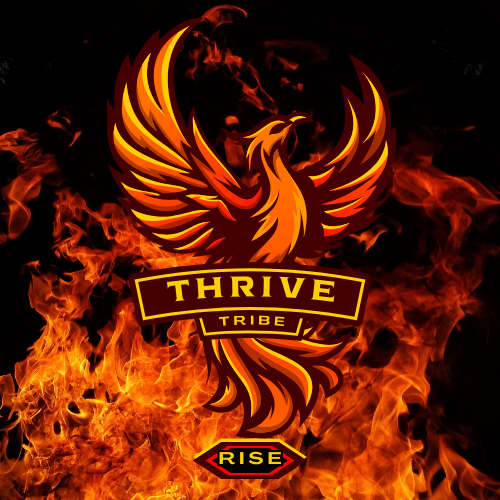Hip flexors might not be the star of the show, but they’re certainly the unsung heroes of our mobility. Essentially, these are the muscles located at the front of your hip, playing a key role in moving or lifting your legs and stabilizing your movements.
Anatomically, the hip flexor group includes major muscles like the iliopsoas, which is composed of the iliacus and psoas major, along with the rectus femoris, sartorius, and a few others. Each muscle has a unique part to play in ensuring your hips can flex properly, making actions like walking and running possible.
Ever wondered why you can lift your leg to climb stairs or kick a ball? That’s your hip flexors at work! They’re responsible for allowing you to bend your hips and do all sorts of leg movements. Without healthy and strong hip flexors, even mundane tasks could become strenuous.
Despite their pivotal role, hip flexors often get overlooked. Attention usually goes to muscles like the glutes or hamstrings, while hip flexors quietly support your movement. Yet, understanding them could be your first step toward avoiding pain and enhancing performance.
Getting to grips with the basics of hip flexors sets the stage for better mobility and fewer aches. It’s all about knowing how these muscles function and contribute to your everyday life, so you can keep them as healthy as they keep you moving.
Debunking Common Hip Flexor Myths
Hip flexors often find themselves tangled in myths. Let’s clear out some common misconceptions so you can keep your body moving smoothly.
Some think hip flexors don’t affect posture at all. In reality, tight hip flexors can pull your pelvis forward, leading to an anterior pelvic tilt that messes with your entire posture game.
Another myth? That only athletes need to worry about hip flexors. Actually, whether you’re sitting at a desk all day or sprinting on weekends, everyone should know about their hip flexors. Being sedentary or super active can both affect these muscles.
People often claim that stretching is the magic cure for tight hip flexors. Stretching is great, but relying solely on it won’t address the root issue. Balancing with strengthening exercises is crucial for long-term health.
Finally, the thought that hip flexor pain is always due to injury isn’t entirely correct. Pain can stem from overuse, muscle imbalance, or even poor posture. Sometimes, it’s about lifestyle, not an acute injury.
It’s science, folks! Understanding these myths shines light on the real science behind your hip flexors and helps you make more informed decisions on caring for them.
Frequently Asked Questions About Hip Flexors
A common concern is what exactly causes hip flexor tightness. This could be from prolonged sitting, where the hip flexors remain in a shortened position for extended periods. Over time, this can lead to tightness, affecting your mobility and comfort.
Wondering how to recognize if you have a hip flexor issue? Look out for signs like discomfort in the front of your hip, difficulty in certain movements, or even a slight limp when you walk. Any persistent pain might be a cue your body gives you to pay attention.
Tight hip flexors and lower back pain often go hand in hand. When your hip flexors pull your pelvis out of alignment, it can place extra stress on your lower back muscles, leading to discomfort or even pain.
How often should you work on your hip flexors? Consistency is key. Incorporating stretching and strengthening exercises into your routine several times a week can help keep your hip flexors healthy. Balance these exercises with movements targeting surrounding muscle groups for full support.
Addressing these questions is all about understanding and responding to your body’s cues. It’s about staying proactive with hip flexor health to support better movement throughout your daily life.
Taking Care of Your Hip Flexors: Practical Tips and Advice
Caring for your hip flexors goes beyond the basics. Incorporate simple exercises like lunges and hip bridges into your routine. Not only do these moves stretch your hip flexors, they also help strengthen them.
While stretches are vital, don’t skimp on strengthening. Aim for a balanced approach with exercises like leg raises or squats, which engage your hip flexors along with other muscle groups.
Prevention is just as important as treatment. Avoid long periods of sitting by taking breaks to stand or walk around. Adjusting your workspace for better posture can also make a significant difference in minimizing strain on your hip flexors.
When pain lingers despite your efforts, consulting a healthcare professional shouldn’t be ignored. Sometimes a second opinion can help identify underlying issues that need specific interventions.
Making hip flexor care part of your daily routine doesn’t have to be complicated. Even just a few minutes a day of mindful movement can help maintain limber and strong hip flexors, supporting a more active and less painful lifestyle.
